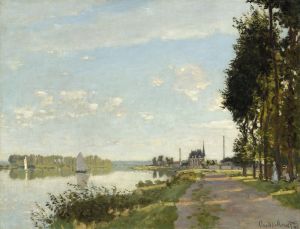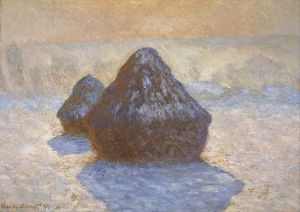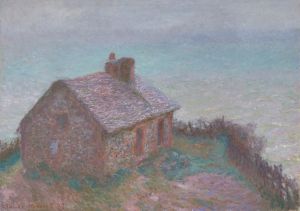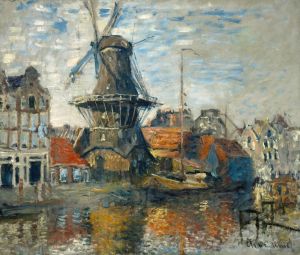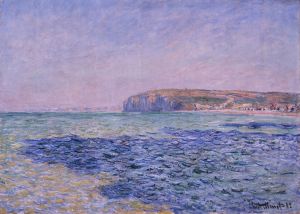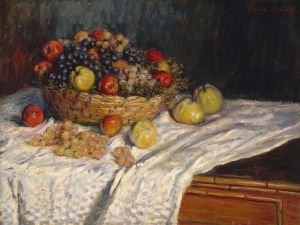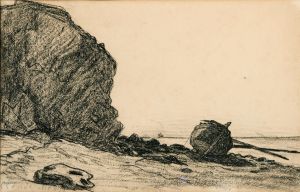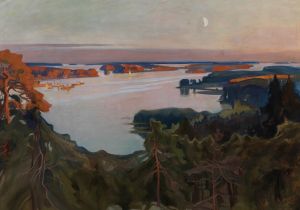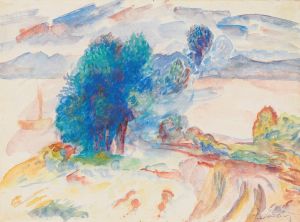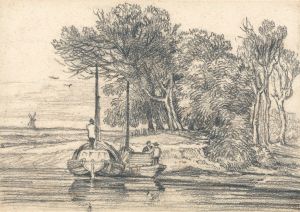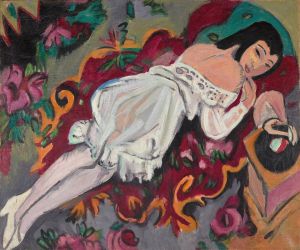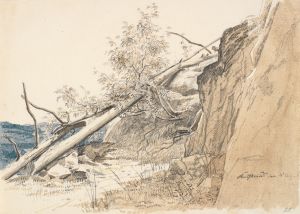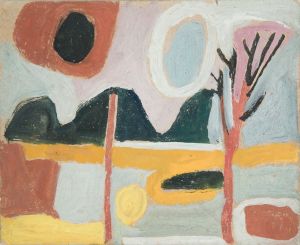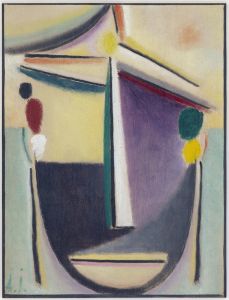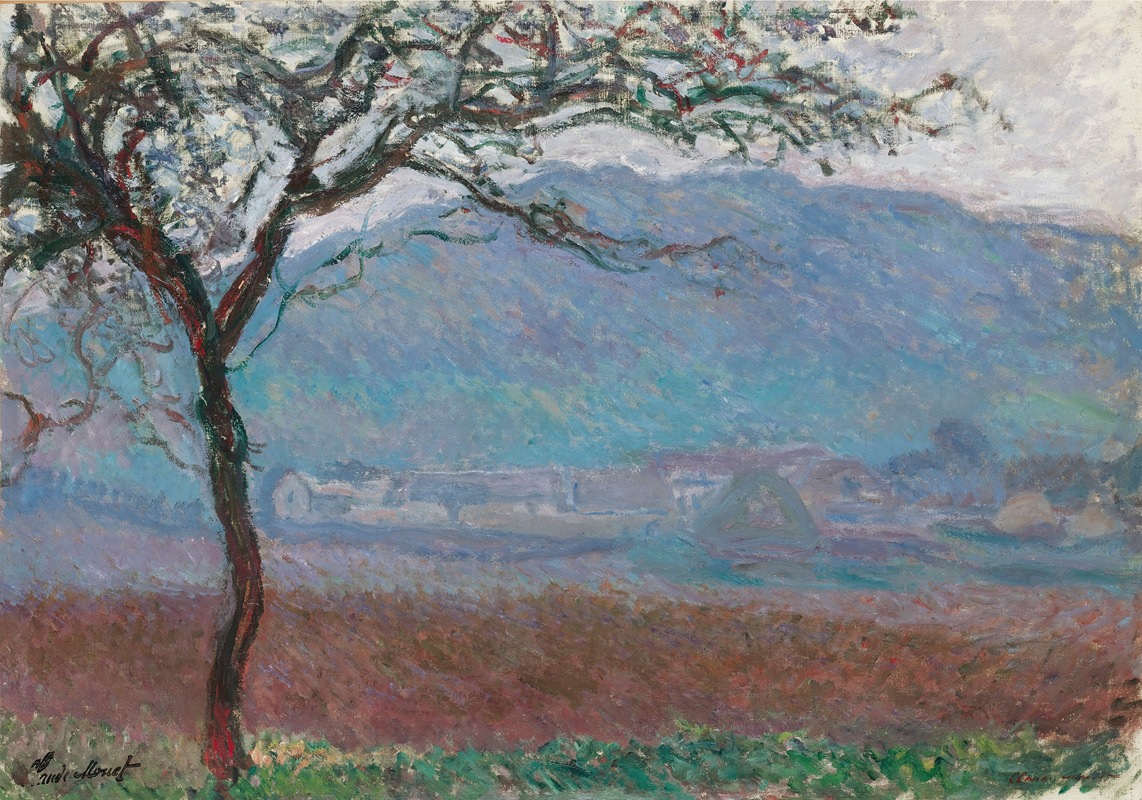
Champ À Giverny
A hand-painted replica of Claude Monet’s masterpiece Champ À Giverny, meticulously crafted by professional artists to capture the true essence of the original. Each piece is created with museum-quality canvas and rare mineral pigments, carefully painted by experienced artists with delicate brushstrokes and rich, layered colors to perfectly recreate the texture of the original artwork. Unlike machine-printed reproductions, this hand-painted version brings the painting to life, infused with the artist’s emotions and skill in every stroke. Whether for personal collection or home decoration, it instantly elevates the artistic atmosphere of any space.
Claude Monet, a pivotal figure in the Impressionist movement, painted "Champ À Giverny" during his prolific years in Giverny, France. Monet moved to Giverny in 1883, where he cultivated a garden that became a primary source of inspiration for his work. The village of Giverny, with its lush landscapes and vibrant fields, provided Monet with the perfect setting to explore his fascination with light and color.
"Champ À Giverny" is one of the many paintings Monet created that captures the essence of the French countryside. Although specific details about this particular painting are not as widely documented as some of his other works, it is consistent with Monet's style during his time in Giverny. His paintings from this period often depict scenes of nature, focusing on the interplay of light and shadow, and the changing seasons.
Monet's technique involved painting en plein air, or outdoors, which allowed him to observe and capture the natural light directly. This approach was central to the Impressionist movement, which sought to portray the effects of light and atmosphere rather than precise details. In "Champ À Giverny," Monet likely employed loose brushwork and a vibrant palette to convey the dynamic and transient qualities of the landscape.
The fields around Giverny were a recurring theme in Monet's work, reflecting his deep connection to the environment. His paintings from this period often feature a harmonious blend of colors, with an emphasis on capturing the mood and essence of the scene rather than a realistic representation. This approach marked a departure from traditional landscape painting and contributed to the development of modern art.
Monet's time in Giverny was marked by a period of intense creativity and productivity. He meticulously designed his garden, which included a variety of flowers, trees, and a water lily pond, all of which became subjects of his paintings. The garden at Giverny was not only a source of inspiration but also a testament to Monet's dedication to his art and his desire to create a personal paradise.
"Champ À Giverny" exemplifies Monet's ability to capture the beauty and tranquility of the natural world. His work from this period continues to be celebrated for its innovative use of color and light, which has had a lasting impact on the art world. Monet's paintings from Giverny, including "Champ À Giverny," remain some of his most beloved and enduring works, reflecting his mastery of the Impressionist style and his profound connection to the landscape that surrounded him.





